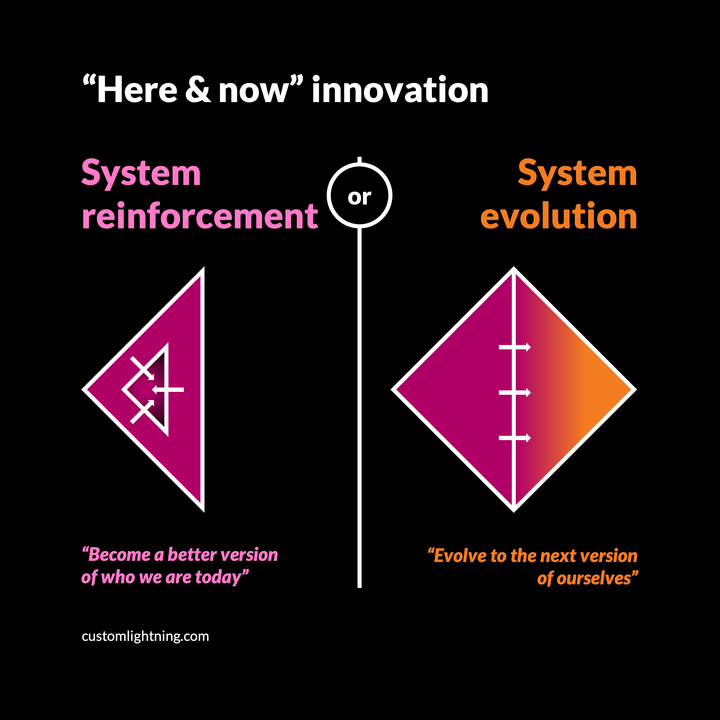[Leadership laws] The innovation law of the pearl diver
You don't get to choose how deep the "ocean" of your learning is. You must make it both all the way down to the facts and all the way up to decisions.
![[Leadership laws] The innovation law of the pearl diver](/content/images/size/w1200/2023/05/Law---Pearl-diver---5-to-1-ratio.png)
The innovation Law of the pearl diver
You don't get to choose how deep your "ocean" of learning is.
To find pearls (insights),
you must BOTH dive as deep as it takes to reach the ocean floor (valuable details)
AND rise as high as it takes to reach the surface (discussable synthesis).
Quick description
There's a consulting project where I'm the least proud of my performance. Call it one of my biggest (self-assessed) failures.
At the heart of the issues lies a misunderstanding that a partner, not I, finally diagnosed. His realization for why we had vastly different expectations for time investment and detail level required for deliverables?
"Oh! You were optimizing for building the solution, and I was optimizing for getting executive decisions and buy-in!"
In other words, I kept piling on specifics that would pass on important early user empathy and insights to the team that would eventually build the solution. And he kept taking things up to higher, simpler levels that distilled the essential leadership choices. Both are critical. But I didn't realize that we were aiming for opposite goals at the same time.
Let's assume you do a better job communicating and agree as a team when to zoom out or zoom in. But you do need both.
Some teams and leaders have a tendency to stop zooming out or in too early, going with their preference, not with what's needed.
But metaphorically speaking, that leaves you floating aimlessly in the middle of the ocean. You need to dive deeper and deeper into details until you get to the shiny insights. But then, you also need to rise ever further up and up, until you break the ocean's surface jewel triumphantly in hand.
Yes, this problem can also pop up in operational settings. But it's disproportionately more likely in innovation. Here, differently from some operational settings, the same innovation team members must be able both to dive into the specifics and come back out more often. That's both because we have to cover more content "ground" as we describe entire business and because there exist fewer pre-set processes and rules that define the span appropriate to any one conversation.
Litmus test
To summarize at a "high" enough level:
- Can you describe your intent in no more than three points? Is each of these three points truly insightful (i.e., surprising, new knowledge, confirmatory, or fascinating)?
- Do your points lead to a decision (e.g., by leading to options or recommendations)? Is that decision one in which the person with whom you are talking wants to (or at least needs to) be involved?
To investigate at a "low" enough level:
- Are you able to document your options or recommendations all the way to "atomic" root data/ information (qualitative or quantitative)?
- Is that data robust enough and considering the situation from enough angles to convince someone skeptical of your options or recommendations?
How to do it
The point of these innovation laws is to have them be useful in many settings. So there are many ways to use them.
The simplest way for acting on this one is to avoid the misunderstanding to which I fell prey. In other words, confirm out loud--repeatedly--what your goal is at the current moment:
Are you pushing for simplicity, synthesis, and decisions? On what topic? At what level? Or are you working toward implementation and knowledge accumulation?
You may find that it's not as obvious as you'd think.




